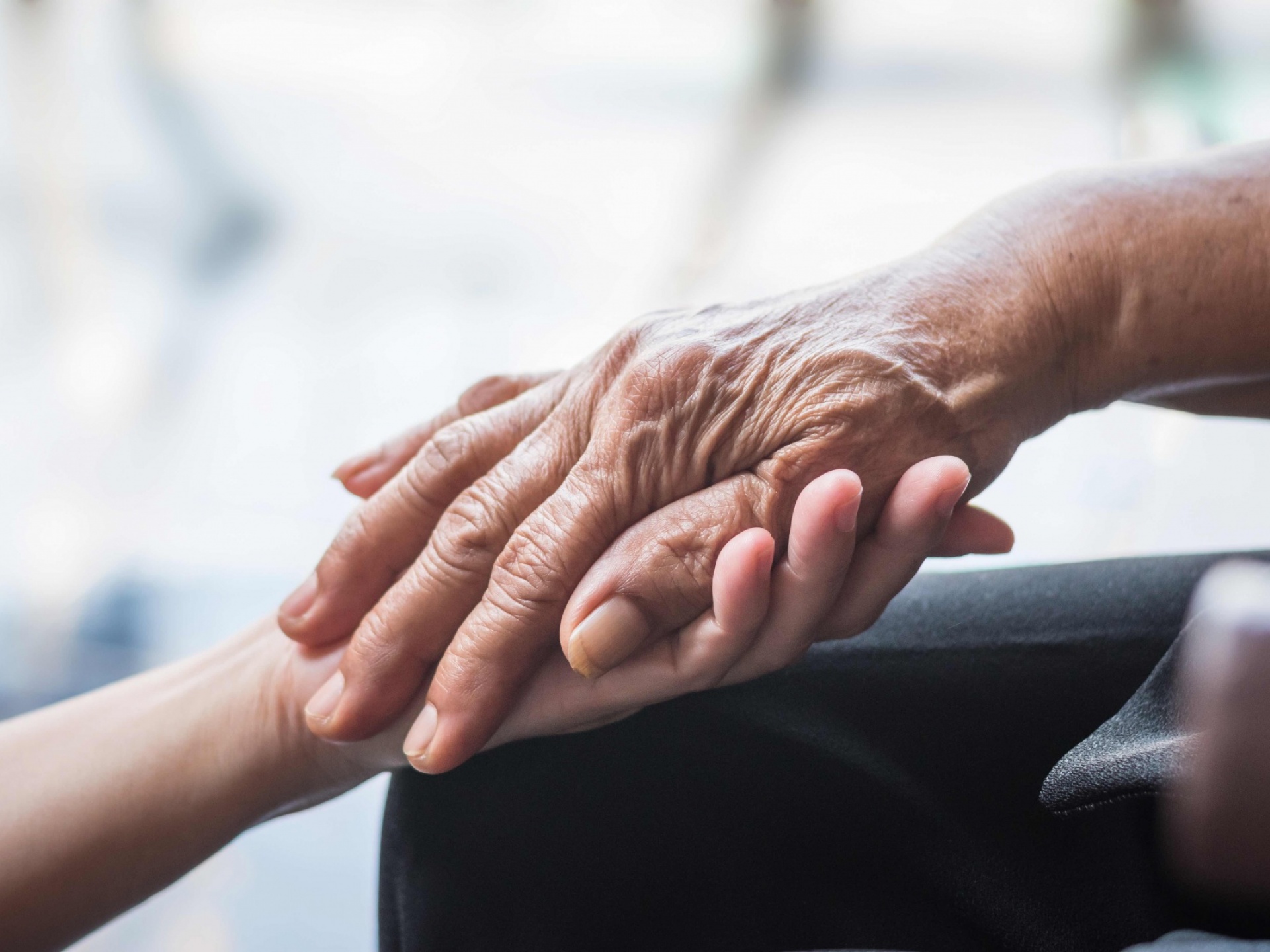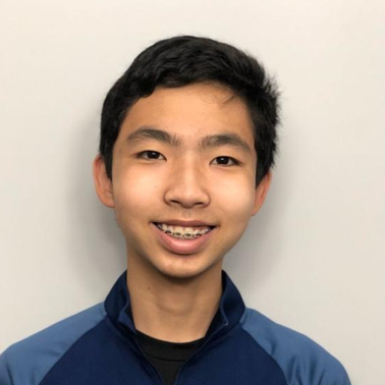New Perspectives: A 14-Year-Old’s Advocacy on Alzheimer’s

Sign up and receive information on the latest news and updates.
Tell us about yourself.
My name is Sohta Cheung-Naito, and I am a rising ninth-grader living in Westchester, New York who is committed to advocating for families touched by Alzheimer’s disease.
What brought you to the Alzheimer’s movement?
I became interested in this work while volunteering at a memory care facility where I worked on puzzles with people diagnosed with dementia. This may seem to be boring to many young people, but it was a fun and fulfilling experience. While working with the residents, I was able to tell that they appreciated me for being there and for spending time with them. These are people who often face extreme social isolation so these few hours made a big difference. I could see that the experience left a great emotional impact on them and me.
Why do you think young people should care about this issue?
You might believe that young people have nothing to do with Alzheimer’s, but in reality, we are impacted on many levels. More than a million young people are providing dementia care in this country and it is impacting their workforce and educational opportunities.
You attended the UsAgainstAlzheimer’s Virtual Alzheimer’s Summit as a Youth Advocacy Ambassador. What did you learn?
The summit was a great opportunity to learn about the impact of Alzheimer’s across society and about the action we all need to take to address those impacts.
I learned that cognitive decline is not inevitable, and almost half of dementia may be avoided by eating healthy, staying physically active, being socially connected, not smoking, getting good sleep, and taking preventative measures against diabetes and other diseases.
I also learned about the many difficulties that exist with accessing an early and accurate dementia diagnosis and the importance of policy like the CHANGE Act. The Change Act directs the Centers for Medicare and Medicaid Services to require the use of cognitive impairment detection tools identified by the National Institute of Aging during a patient’s annual wellness visit.
And importantly, I learned directly from caregivers about the economic impact of dementia on families. I was startled to learn that 60 percent of caregivers provide care while working, which takes a toll on the caregivers especially among women of color. This situation translates to the fact that about 19 percent of women have had to leave their jobs to care for a loved one living with Alzheimer’s. As a society, we have to push for a paid family and medical leave policy that reduces inequality in caregiving.
What advice do you have for young people interested in these issues?
There are many ways for young people to make an impact on Alzheimer’s and Dementia, and the first step is learning more about the disease and then exploring what tangible action one can take within their own environment. My advice to young people interested in these issues is to first focus on where they can make a tangible impact.
People my age are in a unique position to influence the elderly in the family. Advocating the importance of cognitive screening with your parents and grandparents can truly encourage them to ask for cognitive screening during their next annual wellness visit. As I learned during the summit, it is important for older patients to ask their doctor for a cognitive screening during their annual wellness visit because it may be able to catch early signs of cognitive decline. Cognitive screening will also create an opportunity for the doctor to discuss preventative measures with the patient.
